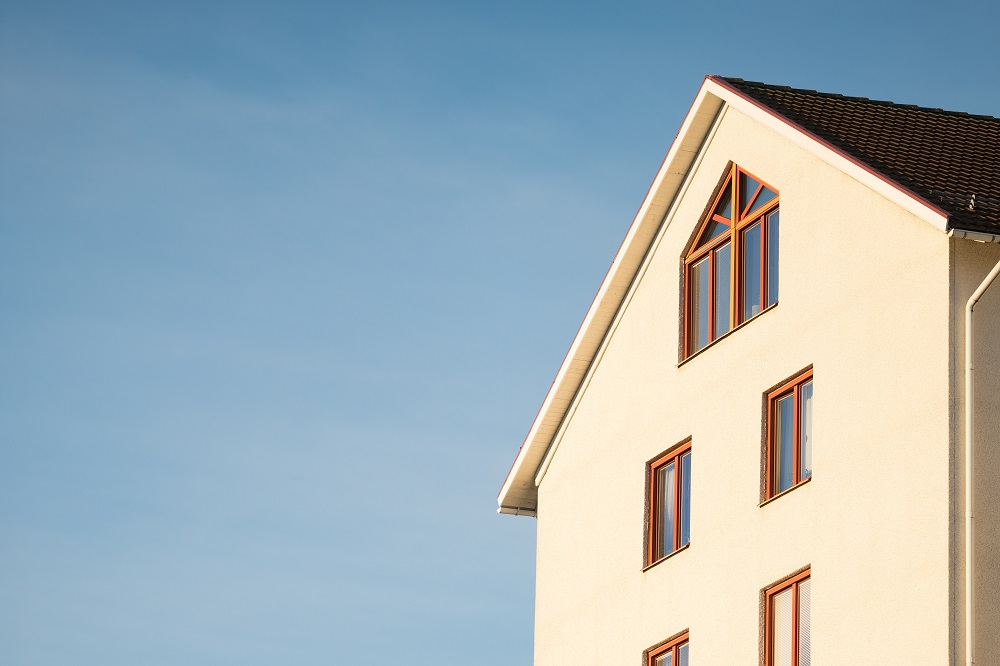The sun is an ally when it comes to making your exterior paint colors pop for maximum effect, but there’s also a dark side to the bright UV light that bathes your home on a daily basis. Over time, sunlight can have a dramatic impact on the paint on your home’s exterior, and unfortunately, that impact is largely negative. Few people outside of residential painters in Marietta understand the damaging effect of UV light exposure on most kinds of exterior paints, but degradation from sunlight is a key factor in overall paint performance.
What exactly does sunlight do to diminish the beauty and condition of your outside paint? While the sun is a constant, there are some things that can be done by painting services to prolong the lifespan of your exterior paints. First, however, you must understand the various manifestations of sun damage on exterior paint. Keep reading to learn how the sun affects your house paint.
Blistering
If you’ve ever seen your paint bubbling and blistering over time, there’s a good chance that the sun is to blame for that phenomenon. Blistering is caused by the heating of the outside surface of your home in direct sunlight. That heat can cause paint to bubble, and when those blisters eventually burst, they leave bare spots behind. This effect can be magnified if your home’s exterior is painted a darker color.
Peeling
Peeling can be caused by many varying factors, but exposure to harsh sunlight is one of them. Peeling can begin with blistering, and after the bubbles burst, other environmental factors like wind and rainfall can infiltrate behind the layer of paint and cause it to peel away from the wood. That only exacerbates the problem, as the sun dries the exposed edges of the paint. That causes it to flake away little by little, thus expanding the bare spots.
Fading
One of the most commonly seen impacts of sunlight on your home’s exterior is the fading of the color over time. Sunlight contains powerful UV rays that react with the pigments in the paint, slowly bleaching them out. This is most visible in dark or brightly colored paints, as the color will lose intensity slowly. The effect can be more dramatic on south-facing walls, which receive little protection from the sun throughout the majority of the year.
Chalking
Despite the best efforts of paint manufacturers who incorporate anti-chalking substances in the highest quality paint, chalking remains an issue in exterior paint applications. Chalking occurs when the UV light has a reaction with the external layer of paint, thus producing a thin film of dust. That layer of dust can degrade from the intensity of your exterior paint, and it can create problems when repainting. New paint won’t adhere over the chalking, so it must be treated and removed during surface preparation before another coat of paint can be added on top of it.
Cracking
While the primary purpose of exterior paint may be aesthetic, it fulfills the more important role of protecting the outside surfaces of your home from many environmental factors that would degrade it. Therefore, to seal out moisture, for example, paint must form a cohesive, continuous layer that can seal out moisture. Some exterior paints will begin to crack as they age in direct sunlight, which allows moisture to infiltrate beneath the paint and begin the rotting process. Sections of cracked paint can truly undermine your home’s exterior.
By understanding how the sun can impact your exterior paint, you can better protect your home from the elements with the help of exterior painting services in Marietta. To learn more about the sun’s effect on your home’s exterior paint, contact Fillo Painting at (770) 769-7941.

